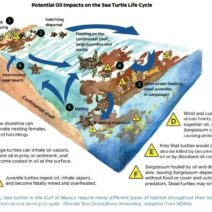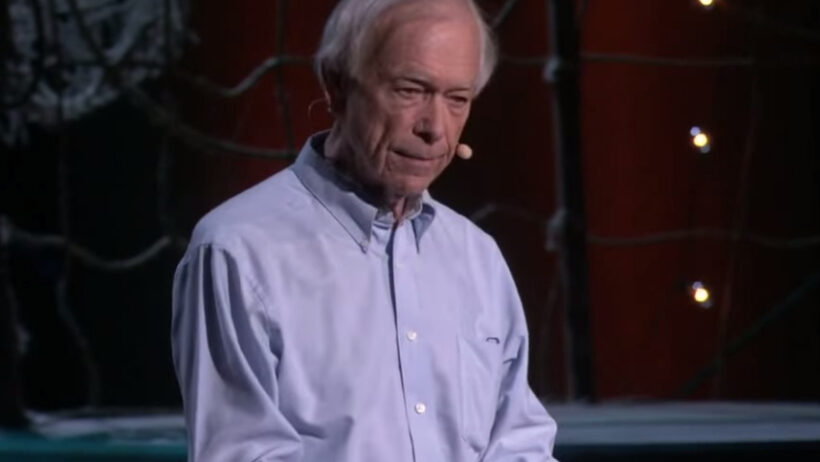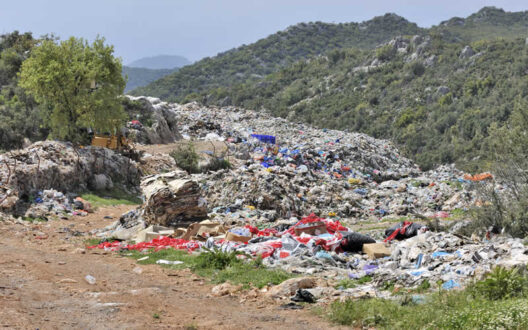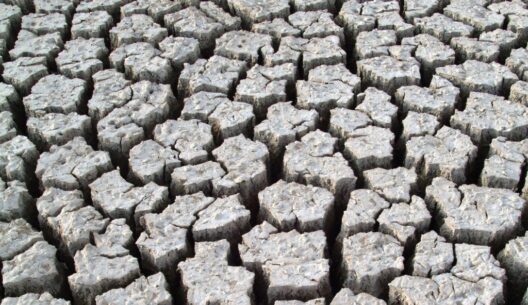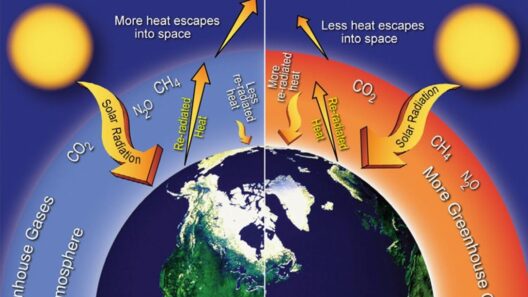Deforestation has long been recognized as a pivotal environmental issue, but its repercussions extend far deeper than one might initially assume. The act of permanent deforestation—where trees are removed and not replaced—holds significant ramifications, particularly in relation to climate change and global warming. Understanding these impacts involves delving into various interconnected components, revealing the complex web of consequences stemming from the eradication of forests.
Firstly, it is essential to recognize that trees play a critical role in regulating the Earth’s climate. They absorb carbon dioxide (CO2) from the atmosphere during the process of photosynthesis, effectively serving as carbon sinks. This natural mechanism helps to mitigate the greenhouse effect. Mortality of trees due to deforestation eliminates this vital function, allowing elevated levels of CO2 to persist in the atmosphere. In fact, when trees are felled, not only is the absorption of existing carbon halted, but the carbon sequestered within tree biomass is also released back into the atmosphere, exacerbating the greenhouse effect.
Moreover, deforestation transforms lush, vibrant ecosystems into barren landscapes. This alteration does not merely remove trees; it disrupts the intricate interrelations that typify forest environments. Soil composition and structure are profoundly affected. With the canopy gone, soil is brewed in direct sunlight, which accelerates evaporation and increases surface temperatures. Consequently, organic matter decomposition intensifies, releasing even more CO2. Not only does this impact local climates, but it contributes to broader shifts, pushing global temperatures upward.
Subsequently, the hydrological cycle experiences profound disturbances due to deforestation. Forests are pivotal in maintaining the balance of water cycles within a region. They facilitate transpiration—where water evaporates from plant leaves—resulting in the formation of clouds and precipitation. When trees are decimated, this local transpiration decreases markedly, leading to drier conditions and altered rainfall patterns. Consequently, regions that previously relied on consistent rainfall can suffer from drought, diminishing agricultural output and increasing the likelihood of wildfires. This not only threatens food security but also leads to further CO2 emissions as fires release stored carbon.
Another compelling aspect of deforestation’s impact on global warming is its effect on biodiversity. Forests are home to a plethora of species, including plants, animals, and microorganisms. The loss of habitat due to deforestation drives species toward extinction, which diminishes ecosystem resilience. Healthy biodiversity contributes to ecosystem services, including soil formation, pollination, and climate regulation. The reduction of these services diminishes an ecosystem’s ability to combat climate change, creating a feedback loop that perpetuates environmental degradation.
Furthermore, permanent deforestation is often driven by activities such as agriculture, logging, and urban development. The expansion of agricultural lands, particularly for cash crops like soy and palm oil, often leads to a monoculture that further escalates climate issues. These industrial agricultural practices tend to rely heavily on fertilizers, generating nitrous oxide emissions—another potent greenhouse gas. Additionally, the mechanization of agriculture contributes to fossil fuel consumption, further intensifying the anthropogenic impact on climate change.
The economic incentives surrounding deforestation cannot be overlooked. In many developing nations, the short-term economic benefits derived from timber and agricultural exports may overshadow the long-term ramifications for the environment and local communities. Communities are often incentivized to exploit their natural resources quickly, prioritizing immediate financial gain over sustainable management of forests. This economic narrative often neglects the hidden costs—the reduction of ecosystem services, loss of biodiversity, and exacerbation of climate change—that will ultimately affect these communities and the world at large.
Moreover, deforestation can lead to socio-political consequences. As resources dwindle, conflicts over land and remaining natural habitats can arise, further destabilizing regions. Displacement of communities, particularly indigenous peoples who depend on forests for their livelihoods, adds another layer of complexity to the deforestation narrative. These dimensions contribute not only to local disturbances but also amplify global instability, as millions are affected by climatic anomalies exacerbated by deforestation.
In conclusion, permanent deforestation is far more than the mere removal of trees; it is a catalyst for a multitude of environmental crises. From its direct contributions to global warming through increased atmospheric CO2 levels to its more intricate effects on biodiversity, soil health, and weather patterns, the hidden costs of deforestation resonate on both a local and global scale. It is imperative to foster a holistic understanding of this issue, advocating for sustainable forestry practices and reforestation efforts to mitigate these dire consequences. The path forward entails recognizing the interconnectedness of ecosystems, climate, and human welfare, thereby forging a sustainable future that honors our planet’s essential resources.


